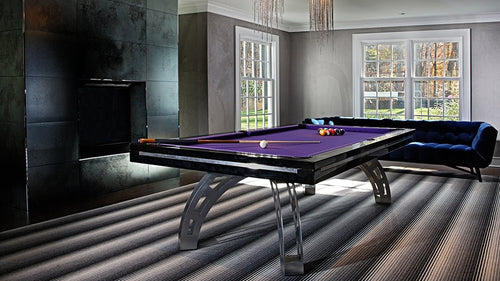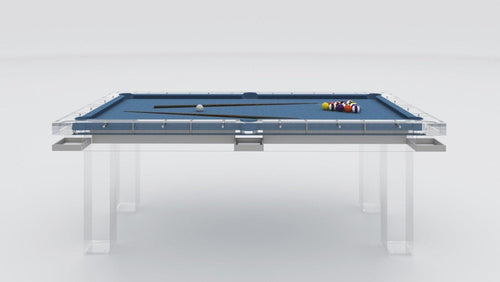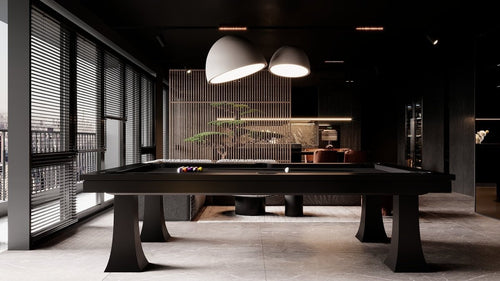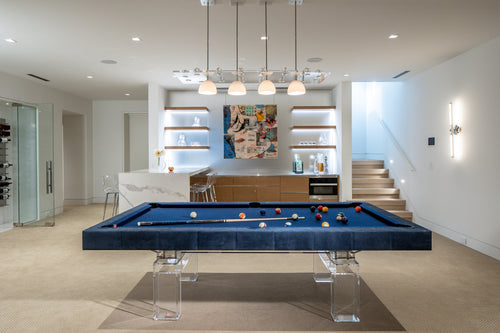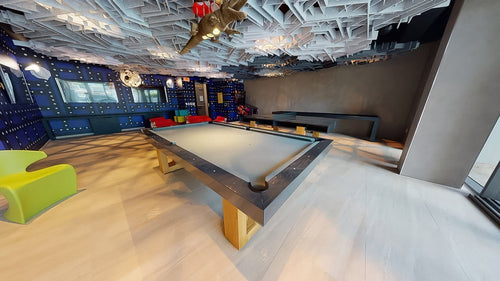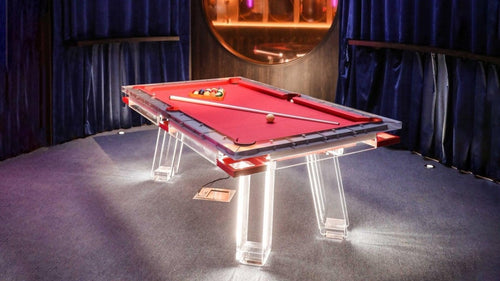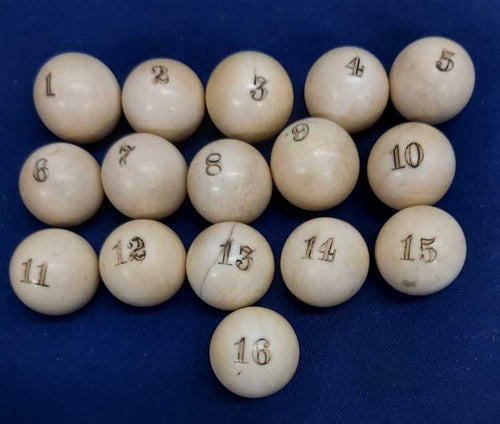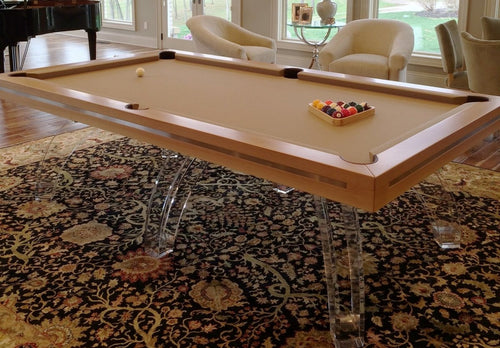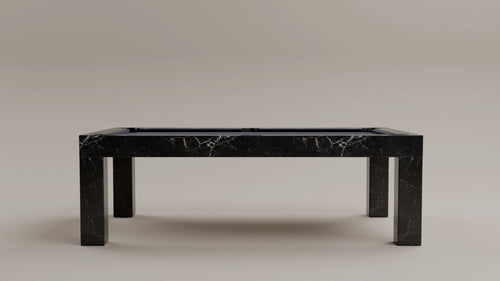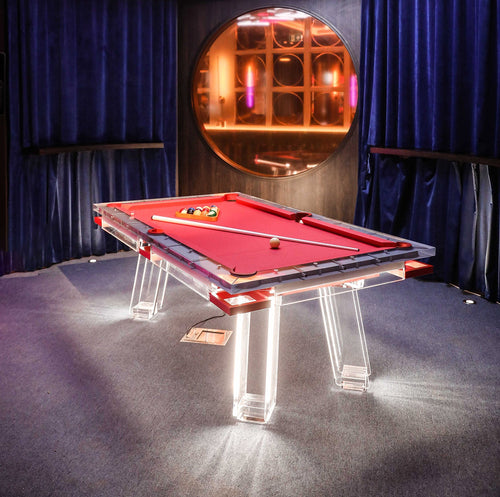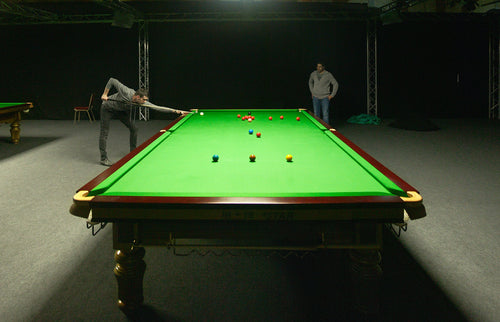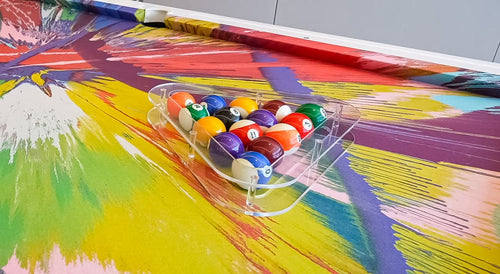Enjoy our modern designs
Estimated Read Time: 4 mins |
Today, we take interior designers for granted. But interior design, as a formal profession, is actually quite new—emerging clearly only within the last century. Understanding how interior design became its own field reveals a rich history shaped by craftsmanship, cultural exchange, and changing ideas about how we live.
Early Roots: Craftsmanship & Patrons (1600s–1700s)
-
Before there were interior designers, interiors were crafted by skilled artisans—carpenters, upholsterers, and cabinetmakers—who worked closely with wealthy patrons. In 17th-century Europe, architectural styles like Baroque developed lavish interiors that defined taste across the continent. France set the standard: Louis XIV’s extravagant Palace of Versailles, guided by decorator Louis Le Brun, influenced aristocratic homes from England to Italy.
In England, following the restoration of the Stuarts, continental European tastes mixed with local styles. Architects like Inigo Jones and craftsmen who immigrated from France shaped interiors, creating the beginnings of coordinated interior spaces.
The Emergence of a Distinct Profession (1800s)
By the 1800s, interiors became more complex—and more crowded. Victorian homes overflowed with clashing styles, a trend known as the “battle of styles.” This clutter sparked a reaction: William Morris and the Arts and Crafts movement advocated simplicity, quality, and craftsmanship, setting principles that shaped the future role of interior designers.
Decorative firms and specialized upholstery companies became influential, making decisions about room layouts, colors, and furnishings. For the first time, individuals emerged whose primary role was to design cohesive interiors rather than simply craft individual items.
Interior Design Comes of Age (Early 1900s)
-
The early 20th century saw the rise of dedicated interior decorators like Elsie de Wolfe—often cited as America's first professional interior decorator. She popularized interior decoration as a legitimate and specialized career, distinct from architecture and furniture making.
At the same time, modernism transformed interiors. Movements like Art Deco introduced a glamorous new visual language, while the Bauhaus emphasized functional simplicity. The roles of architect, decorator, and craftsman became clearly distinct, marking interior design’s true birth as its own profession.
Postwar Growth and Specialization (Mid‑to‑late 1900s)
After WWII, educational programs for interior design proliferated. Designers like John Fowler, Nancy Lancaster, Sister Parrish, and David Hicks blended tradition and modernity. Specializations—commercial, hospitality, healthcare, residential—solidified the profession.
Interior Design Today: Connecting Past and Present
Modern designers draw on centuries of style—Baroque drama, Scandinavian minimalism, mid‑century modern—to craft spaces for contemporary life. This historical awareness underpins thoughtful, functional, and beautiful interiors.
In essence, interior design became a profession when people recognized that creating cohesive, functional, and aesthetically pleasing interiors requires specialized skills and historical insight—a realization that forever changed how we shape our environments.



